iShares 1-3 Year Treasury Bond
Latest iShares 1-3 Year Treasury Bond News and Updates
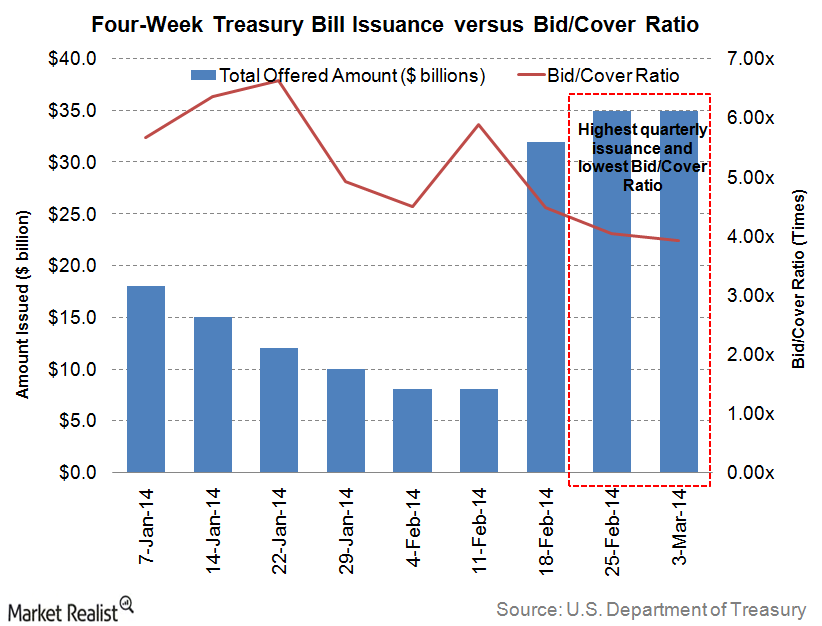
The demand for 4-week Treasury bills remained subdued last week
A considerable amount of $35 billion was offered for the weekly four-week T-bills auctioned on Tuesday, March 4, 2014.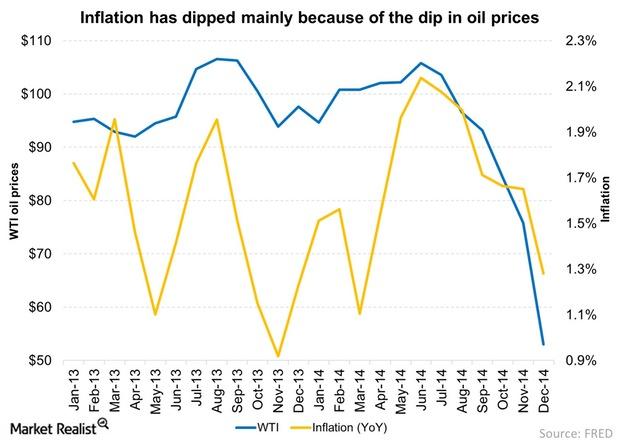
The Tails Of The Yield Curve May Provide Value
The tails of the yield curve may provide more value due to low inflation.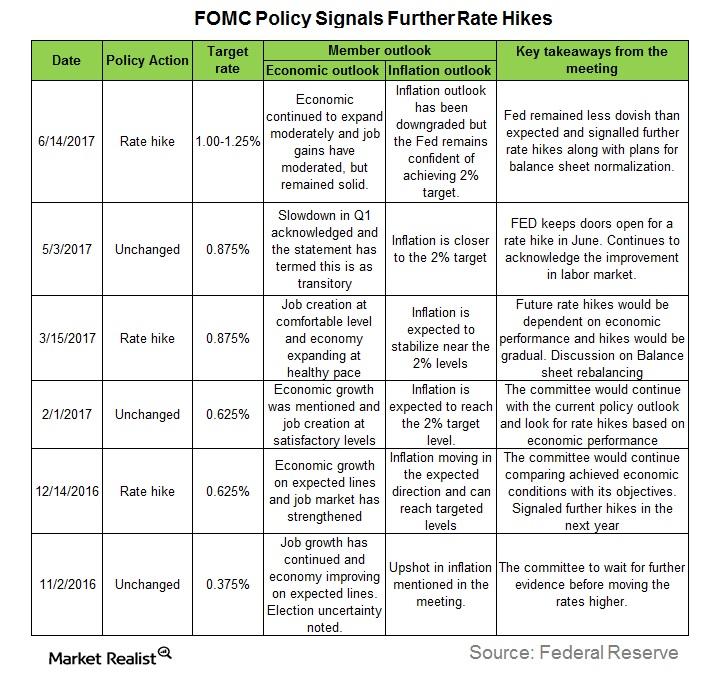
Is the Fed Sure What It’s Doing?
In this series, we’ll analyze Fed members’ comments in June 2017 to better understand their outlooks on the US economy and how they justify their hawkish or dovish stances.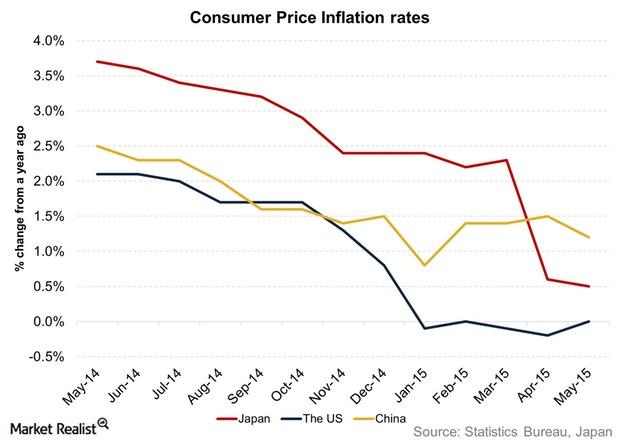
Key for Investors: Understanding Inflation and Its Implications
Inflation represents a rise in the general price level in a country or region. The higher the inflation, the lower the quantum of a particular good that can be purchased.
How Saudi Arabia’s Bond Sale Affects US Treasury Bonds
Saudi Arabia has also been involved in the sale of US Treasuries. The country is the 15th-largest holder of US Treasury bonds in the world.
How Green Bonds Can Help Diversify Investor Base
Even if we assume that green bonds don’t offer any significant premium over conventional bonds, there are many who believe in other noteworthy advantages of green investing.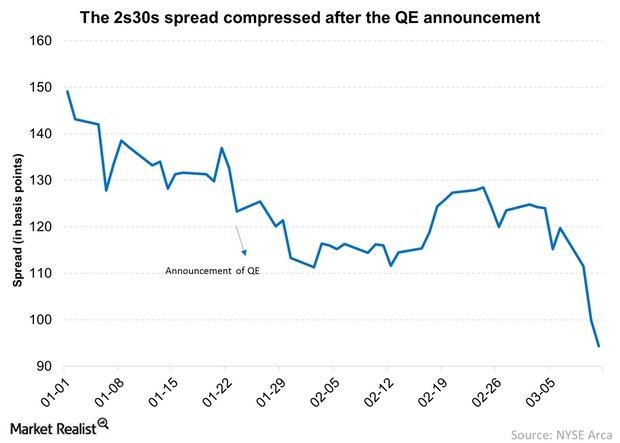
Why Did the German 2s30s Spread Dip on Quantitative Easing?
The 2s30s spread is the difference between the yield on the 30-year bond (TLT) and the yield on the two-year bond (SHY).
When The Net Asset Value Of A Bond ETF Differs From Market Price
The Intraday Indicative Value gives us a more real-time value than the bond ETF’s NAV. It’s considered an implied value of an ETF.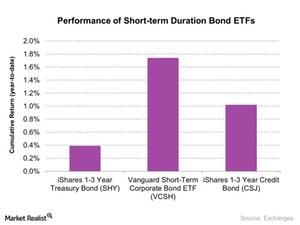
Investment Avenues during the Rise of Short-Term Interest Rates
Bill Gross thinks the central banks should implement their strategies very carefully and cautiously in this scenario.
The Difference between Corporate Bonds and Treasuries
Bond investors should understand the difference between Corporate Bonds and Treasuries. Below is a list of the key differences between the two.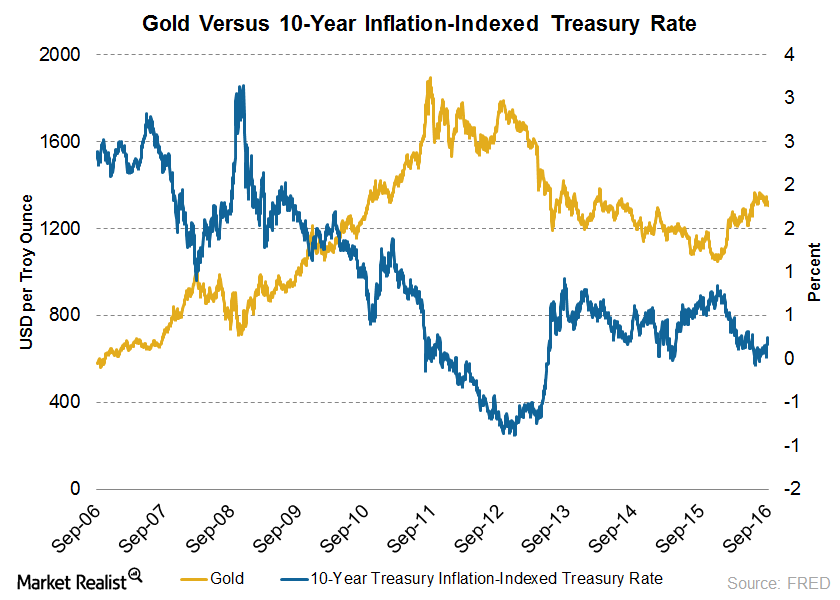
Gold versus 10-Year Treasury Bonds
The negative interest policy of the central banks is casting government bonds as a futile choice for investors compared to stocks and gold. As a result, bond prices dipped and yields started rising.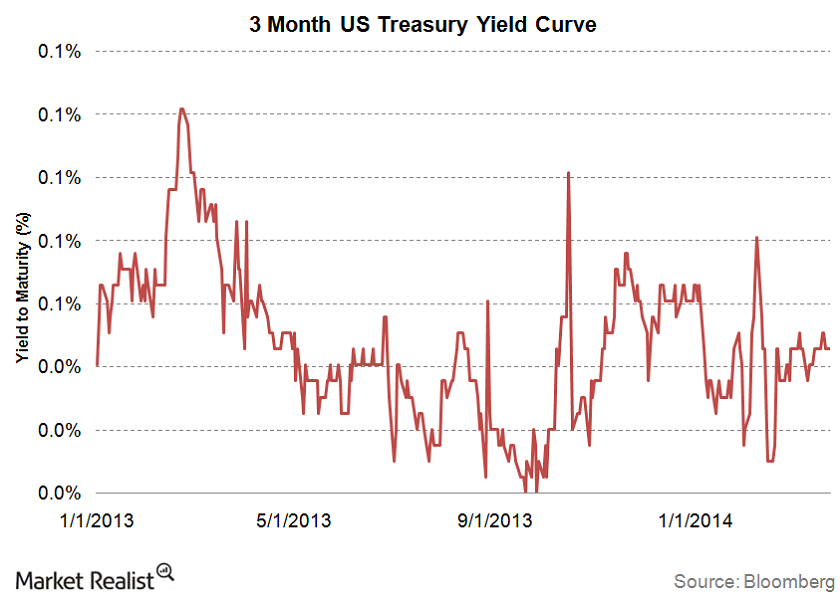
Knowing the Treasury discount rate and yields before investing
Investors can take an informed decision by knowing the rate of return on their investment.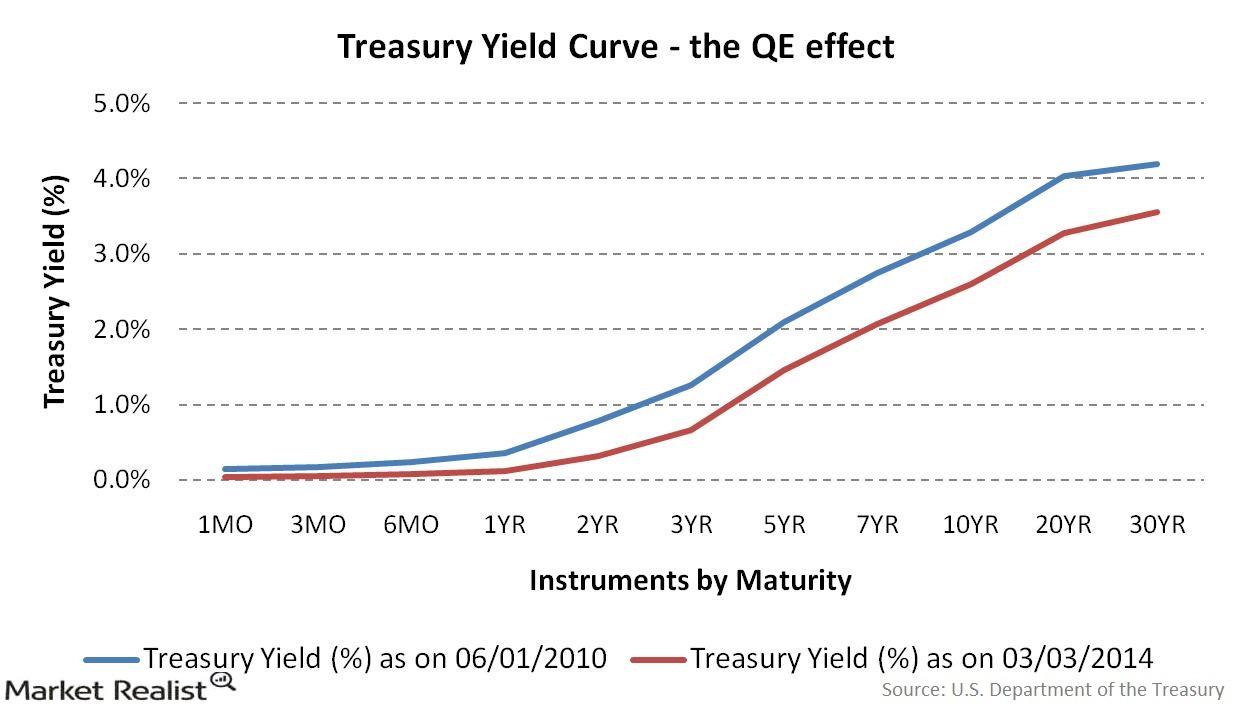
The Fed taper: How quantitative easing affects the yield curve
QE is an unconventional form of monetary easing—the Fed’s way of putting in more money into circulation in the economy.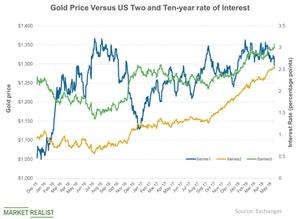
What’s the Impact of Interest Rates on Precious Metals?
Monetary policies have been crucial in determining the movement in precious metals.
Is the Leading Credit Index Signaling Any Business Cycle Changes?
This constituent of the LEI is an economic model, constructed by modeling changes in six financial market instruments.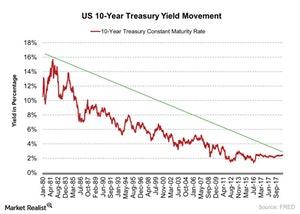
Why Bill Miller Thinks Bond Bull Market May Be Coming to an End
Bill Miller said, “Bonds, in my opinion, have entered a bear market, but one that is likely to be benign for the next year or so.”
Are Bond Yields Set to Move Higher this Week?
The US Treasury is not able to issue any more debt until the debt ceiling is raised, which could increase the volatility in the bond markets.
Your Guide to the US Debt Ceiling
The current debt ceiling is likely to be breached on January 19, and once that happens, the US Treasury must stop issuing any new debt (SHY).
Why the US Bond Market Moved Lower Last Week
The core CPI of 0.3% pushed the annual number up by 0.1% to 1.8%.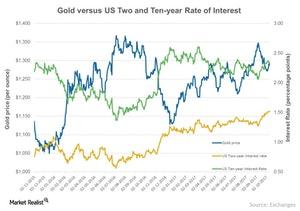
Interest Rate versus Gold: Interest Rate Wins Again
Gold is a non-yield bearing asset that reacts negatively to rises in the interest rate.
How the Leading Credit Index Tracks US Credit Conditions
Understanding the Leading Credit Index The Conference Board LCI (Leading Credit Index), a constituent in the LEI (Leading Economic Index), is published every month and tracks credit conditions in the US economy by following changes in six financial market instruments: the two-year swap (SHY) spread (real time) the three-month LIBOR[1.Intercontinental Exchange London Interbank Offered Rate] (SCHO) […]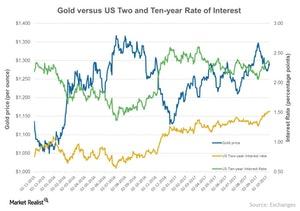
All 4 Precious Metals Rose on December 20, 2017
All four precious metals had an up day on December 20, 2017. Gold increased 0.43% on the day and closed at $1,267.80 per ounce.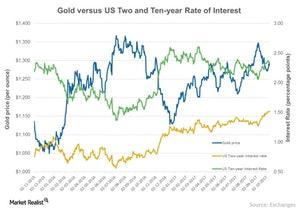
How the Federal Reserve’s Rate Hike Affected Precious Metals
Precious metals and miners saw some relief on December 13 after the Fed raised rates as expected. Sibanye Gold (SBGL), Aurico Gold (AUQ), and Goldcorp (GG) rose 3.5%, 3.6%, and 5.8%, respectively.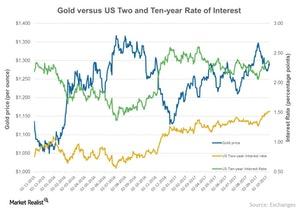
How Eager Are Precious Metals to Hear the Fed’s Decision?
Gold, silver, and platinum all had a down day on Tuesday, December 13, mainly due to speculations over the Federal Reserve’s pending interest rate decision.
What Leads to Yield Curves Flattening
Factors leading to yield curves flattening There are multiple factors that can affect the shape of yield curves. Bonds (BND) with different maturities react differently to changes in economic conditions and expectations. For example, when the US Fed announces an interest rate hike, short-term bonds (SHY), which are to the left side of a yield curve, react […]
Assessing the Risk of a Flattening Yield Curve
St. Louis Fed president and CEO James Bullard gave a presentation at a regional economic briefing on December 1. Throughout this series, we’ll analyze Bullard’s take on the risks of an inverted yield curve.
The Leading Credit Index: October Update
The Leading Credit Index for October was reported to be -0.70, improving from the revised September reading of -0.64.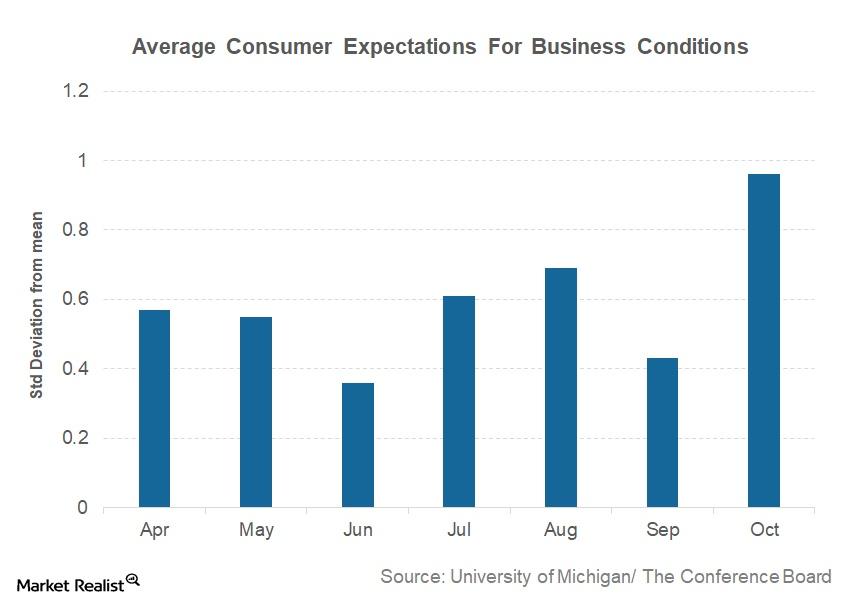
Understanding the Sharp Rise in Consumer Expectations in October
The November Conference Board LEI reported the average consumer expectations for business conditions for October at 0.96, a sharp increase from the September reading of 0.43.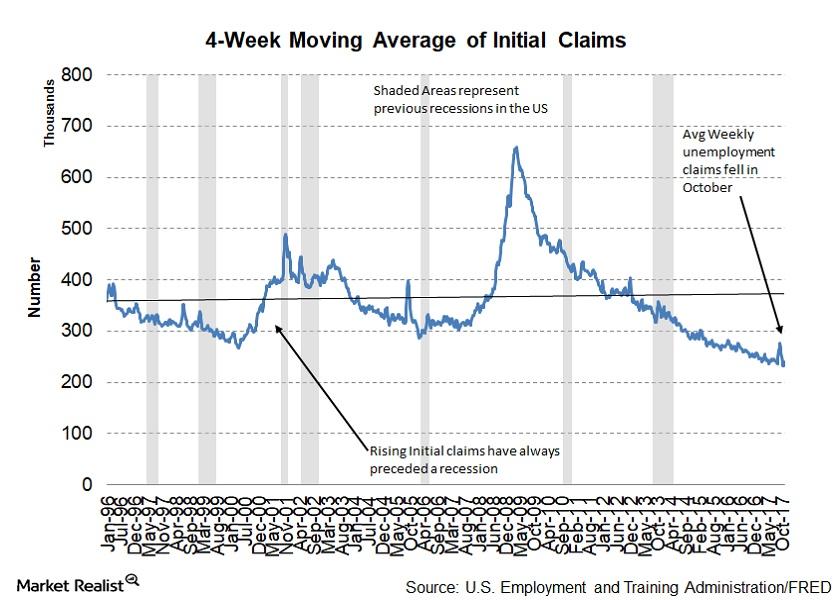
What Decreasing Weekly Unemployment Claims Say about the US Economy
In the Conference Board Leading Economic Index, the average weekly unemployment claims have 3.0% weight.
IMF: Why US Economic Growth Could Slow
The International Monetary Fund (or IMF), in its “World Economic Outlook” (or WEO) released in October, upgraded the economic forecast for the United Statess for 2017.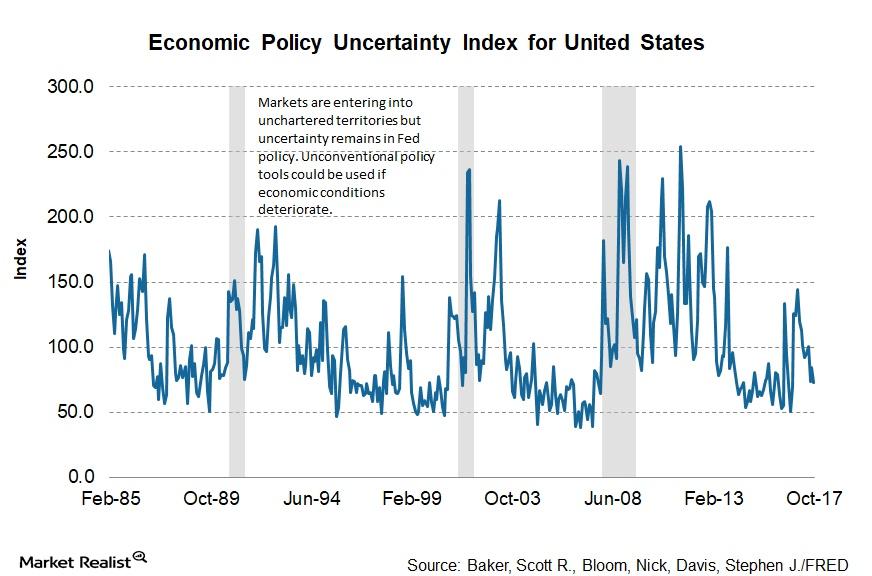
Janet Yellen: A Key Question for the Future
In a speech at the 2017 Herbert Stein Memorial Lecture, Fed Chair Janet Yellen shared her thoughts on monetary policy for the future and discussed whether there will be any role for unconventional policy again.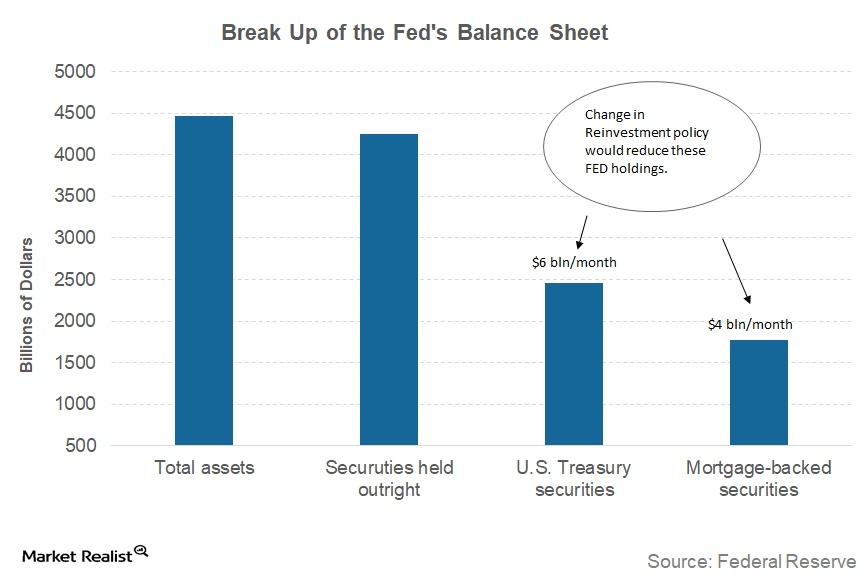
Janet Yellen Balance Sheet Strategy a Closer Look
Fed Chair Janet Yellen, in her speech at the 2017 Herbert Stein Memorial Lecture, offered some more insight into the Fed’s balance sheet reducing strategy.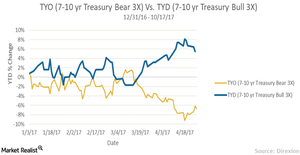
Will Tax Cuts Bump Up Treasury Yields?
Since early September, US ten-year and longer-dated paper has been falling. Rates for the US government ten-year bond jumped from 2.04% on September 7 all the way to 2.36% on October 10.
Why Expectations for Business Conditions Fell 50% in September
The October Conference Board LEI reported that average consumer expectations for business conditions for September are 0.37 above the mean.
Understanding the Leading Credit Index for September 2017
The Leading Credit Index is an economic model that’s modeled on the performance of six major financial market instruments.
Why the Fed Has Initiated Balance Sheet Normalization
Atlanta Federal Reserve president and CEO, Raphael Bostic, recently spoke at a conference about the Fed’s balance sheet normalization program.
Why FOMC Members Aren’t Worried about the Market Reaction to Balance Sheet Trimming
The September meeting minutes indicated that the members underscored that the reduction in the Fed’s balance sheet would be gradual.
Understanding the Leading Credit Index
Understanding the Leading Credit Index The Conference Board LCI (Leading Credit Index), a constituent of the LEI (Leading Economic Index), is constructed based on the performance of six financial market instruments. These components track lending conditions in the US economy. Performance of the LCI Improving credit conditions are considered positive for the economy. When the LCI […]
Consumers’ Business Condition Expectations Continue to Improve
Consumer expectations for business conditions Consumer expectations data, which forms the only non-leading component of the Conference Board Leading Economic Index (or LEI), is collected through two different surveys. One of these surveys is conducted by the University of Michigan and Reuters, where consumer expectations for economic conditions in the next 12 months are collected, […]
Tracking the Conference Board Leading Economic Index
In this series, we’ll analyze each component of the Conference Board Leading Economic Index and understand its implications for the consumer discretionary (XLY), industrial (XLI), and housing (XHB) sectors and the overall market (SPY).
Why Maturity Bonds Reacted Differently to the Fed’s September Statement
The Fed’s balance sheet has $4.4 trillion in bond market securities, and it intends not to reinvest a small portion of the maturing securities every month.
Why Is FOMC Starting to Unwind Its Balance Sheet without a Target?
In the September 20 meeting, FOMC (US Federal Open Market Committee) finally announced the start date of its balance sheet unwinding program.
Will US Bond Yields Rally after the FOMC Statement?
The bond markets are the most impacted asset class by any changes to the Federal interest rates.
Markets Are Confident on Fed Balance Sheet Trimming Announcement
In its efforts to revive the US economy from the Great Recession, the US Fed started purchasing US government-backed securities in 2008.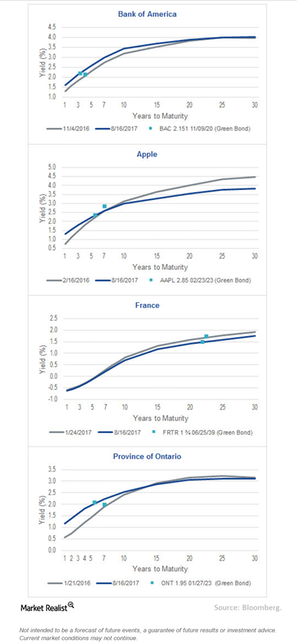
Does the Green Bond Premium Exist?
Despite the rapid rise in issuance, demand for green bonds continues to outshine supply. The excess demand for green bonds has led to higher returns.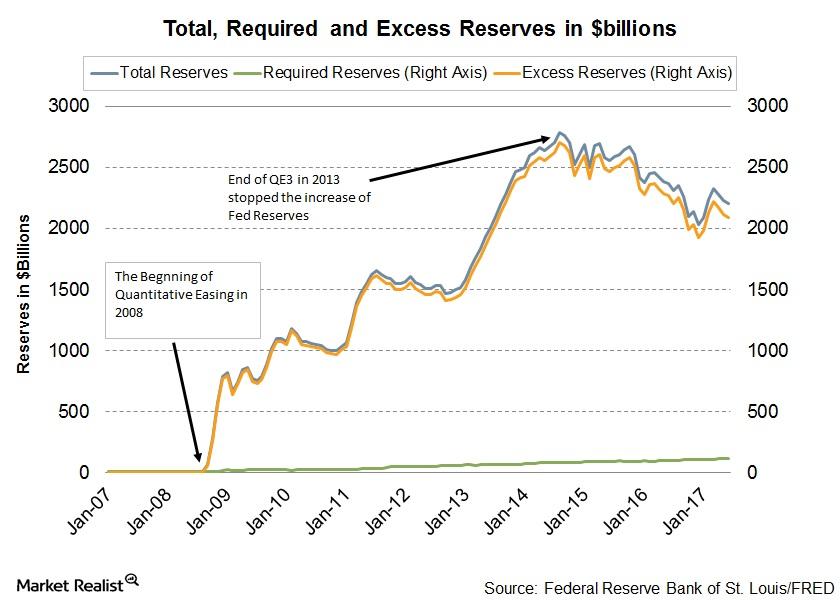
Could the Fed Announce Balance Sheet Shrinking in September?
The Fed, in its efforts to normalize policy, announced that it is starting the balance sheet unwinding program soon.
A Look at Consumer Expectations amid Risk Aversion
Consumer expectations for business conditions Consumer expectations form the only component of the Conference Board Leading Economic Index (or LEI) based on business expectations. Referring to consumer expectations regarding future economic conditions, their measurement is an average of two surveys. One survey, conducted by the Conference Board, records consumer expectations for business conditions six months […]
What Financial Markets Predict for the US Economy
Understanding the Leading Credit Index The Conference Board Leading Credit Index (or LCI), which tracks lending conditions in the economy, is reported monthly. The index has six constituents: 2-Year Swap Spread (SHY) (real time) LIBOR[1.London Interbank Offered Rate] 3-month (SCHO) less 3-month Treasury-bill (VGSH) yield spread (real time) debit balances in margin accounts at broker dealers […]
The Fed Could Announce Balance Sheet Reduction Plan in September
In its June meeting, FOMC (Federal Open Market Committee) members detailed plans to shrink the $4.5 trillion balance sheet.
Will Bond Yields Continue to Fall amid Geopolitical Tensions?
Bonds, especially U.S. Treasuries (GOVT), are considered one of the safest assets in which to park your funds in times of uncertainty.
